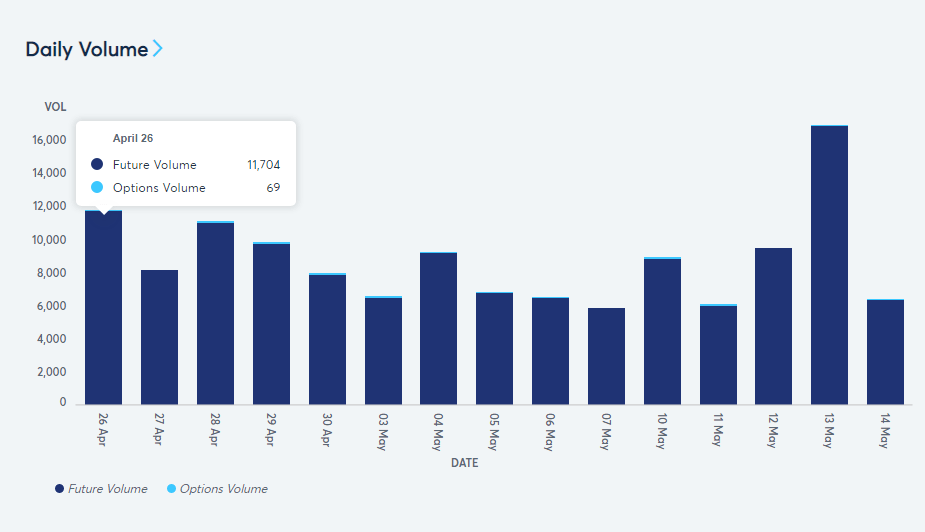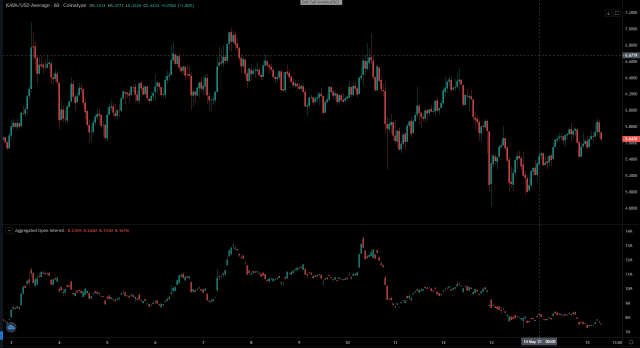Open Interest

What is the Open Interest indicator and how is it used in trading.
Open positions of buyers and sellers in the futures market show the level of involvement in the buying and selling process, and hence the liquidity of the element for the trader. To determine the investment relevance, a lot of tools are used. In this article, we will consider what the Open Interest indicator is, where, and how it is applied.

What is Open Interest
Open Interest, or an indicator of open interest, is used for technical analysis. It is not based on any formulas, but simply displays the number of open transactions for the purchase and sale of an asset.
It is important to remember that open interest is a quantitative indicator that does not take into account the type of transaction. It cannot be mixed with other quantitative indicators.
How is open interest useful for a trader?
Consider the use of an instrument on a single contract. There is a buyer, there is a seller. At the moment when there is a jump in value growth, the transaction becomes unprofitable for the seller, and he tries to close the contract as quickly as possible, regardless of the conditions. At this time, the buyer holds in his hands not only the multiplied profit but also the lever of pressure on the price. To put it simply, the hype caused by the price increase can push the price even more steeply.
Now calculate how much you can earn, provided that there are 100,000 sellers on the exchange with unprofitable transactions, who are ready to go to any conditions to minimize losses.
How to calculate Open Interest
To do this, you need to add up all contracts of open transactions, completely excluding closed ones. It should be borne in mind here that the buyer and the seller can simultaneously close and open the tracks. Accordingly, the level of engagement either falls or rises.
How to use the open interest indicator
The tool is easy to use. Are you seeing an increase in transactions for an asset? This means that both the involvement and the number of market participants have grown. This indicates the stability of the growth or fall trend of the asset.
If there is a decline in open interest indicators, it means that the asset will soon change its position in the market. Most often they are opposite to the current trend.
If a trader has checked on the open interest chart, then the asset is strong and stable. If there is a sharp drop, this should be alarming and stimulate to minimize losses.
Open Interest applies only to futures and stocks. About currency pairs and commodities, this tool is useless.
Open Interest is a great tool for long-term forecasting. It is useless for short-term trading.
At the same time, the indicator displays interest in the asset, so that you can easily predict the price movement for a certain period.